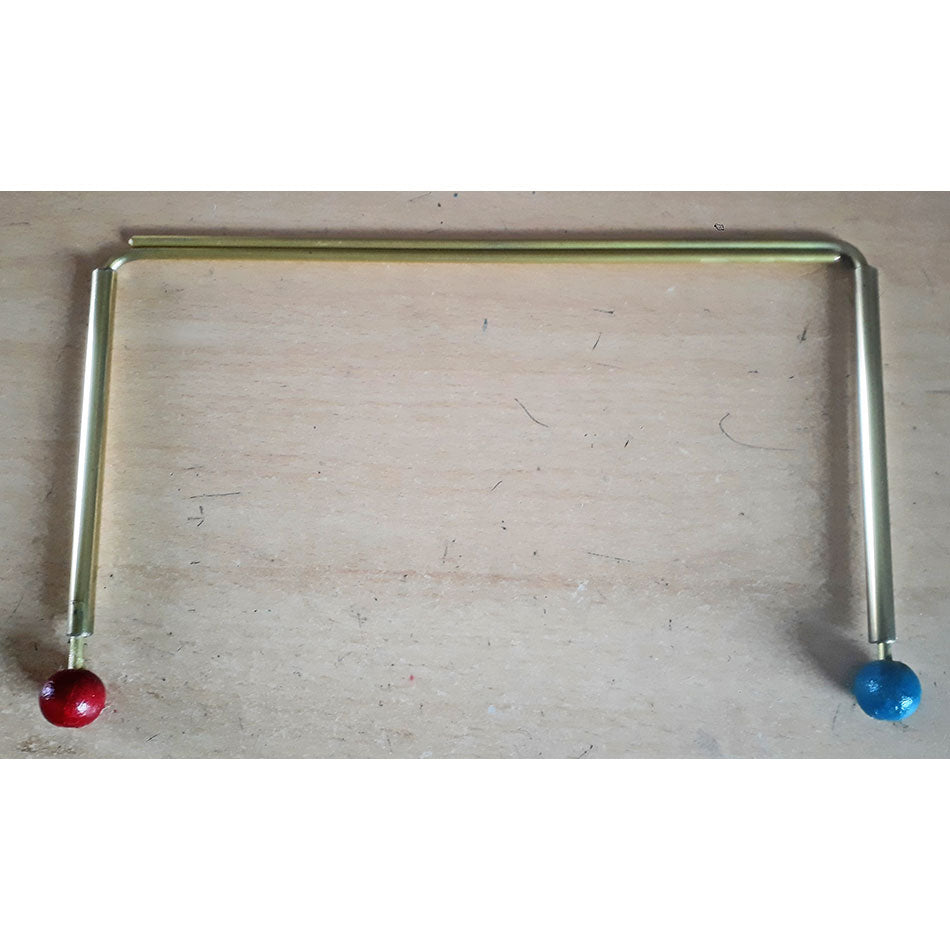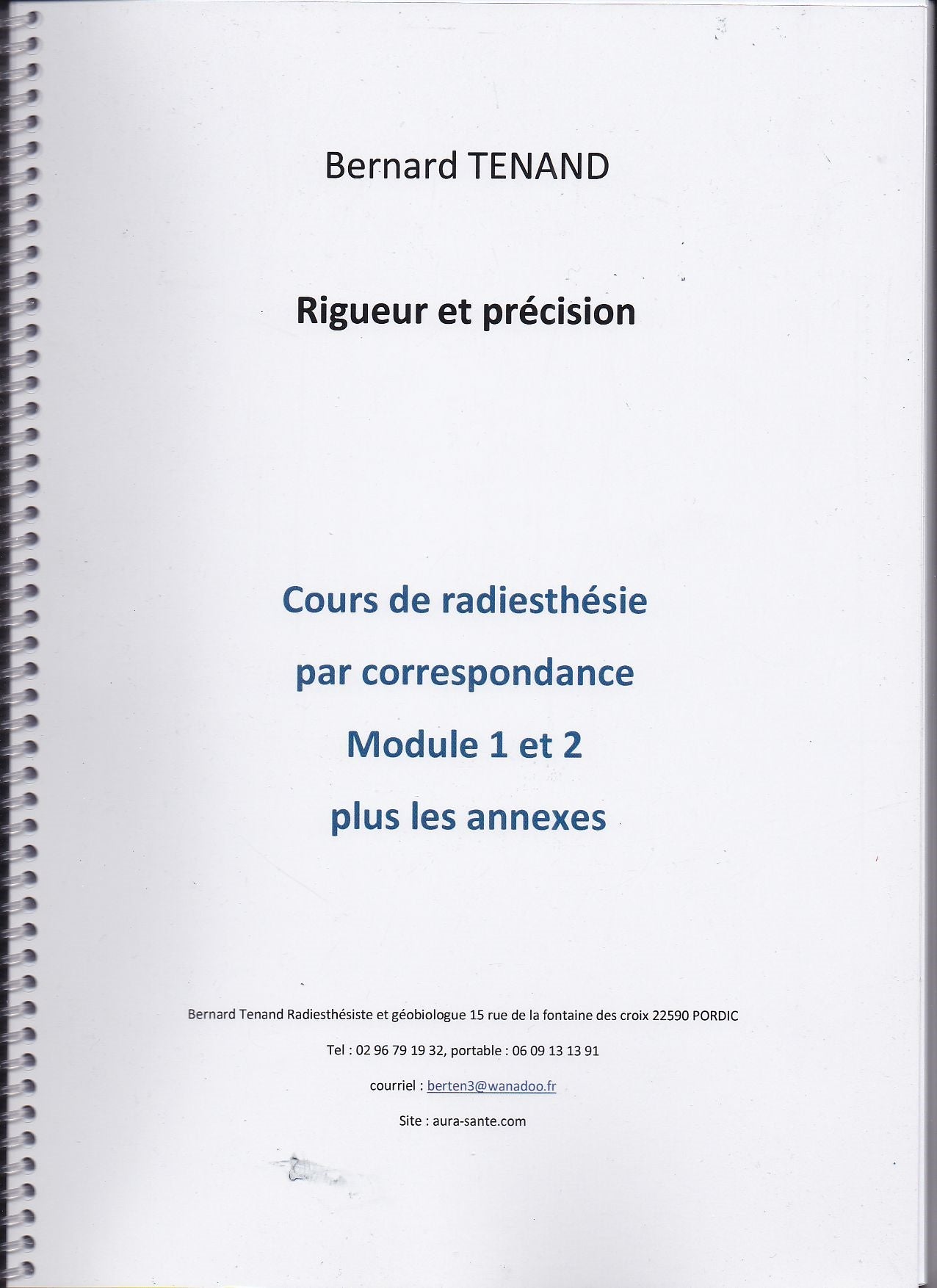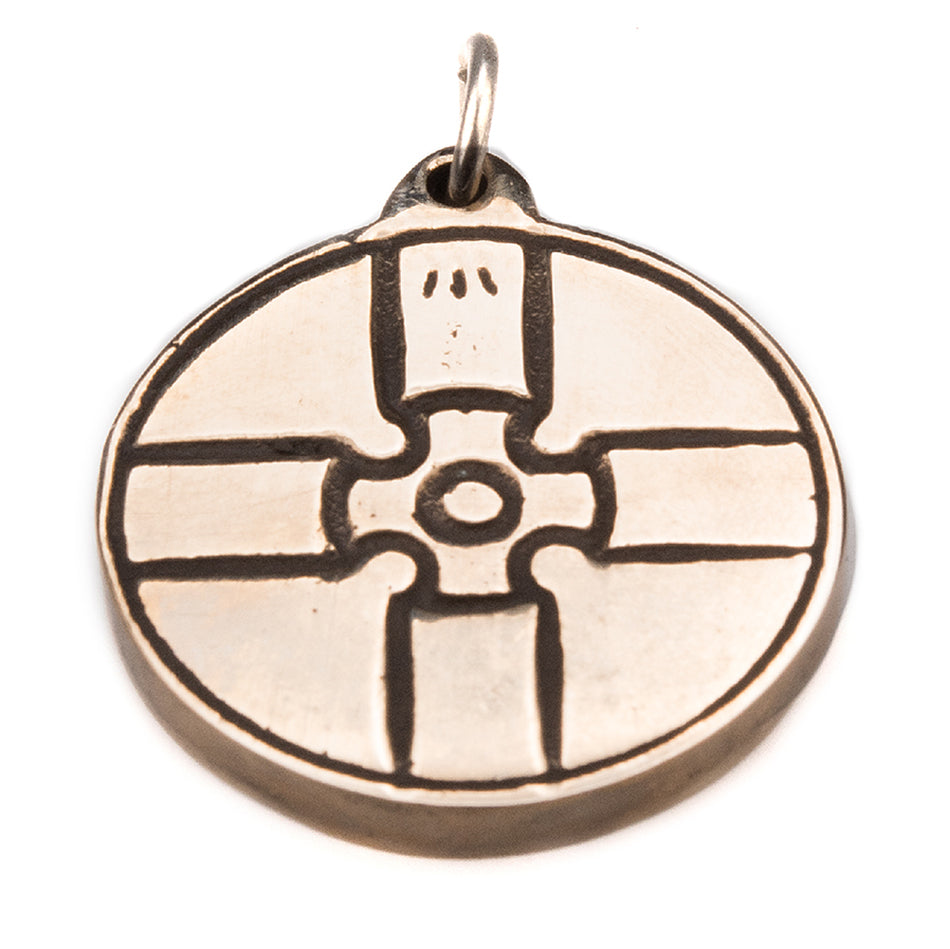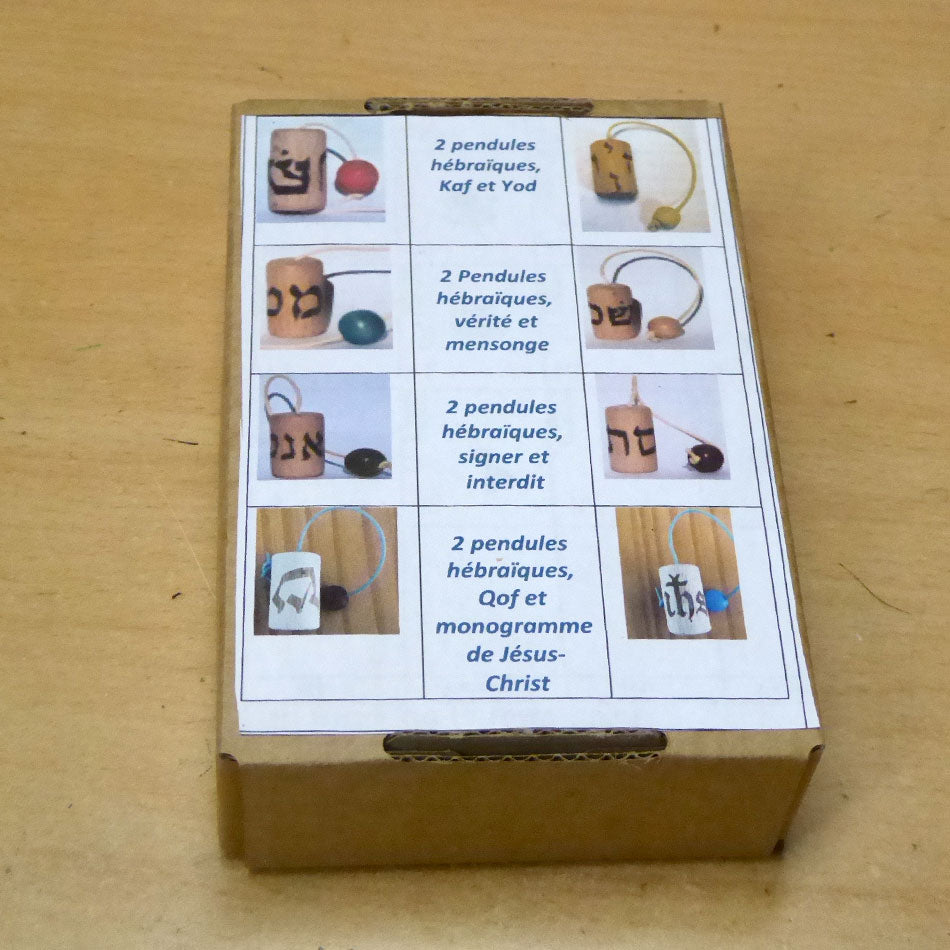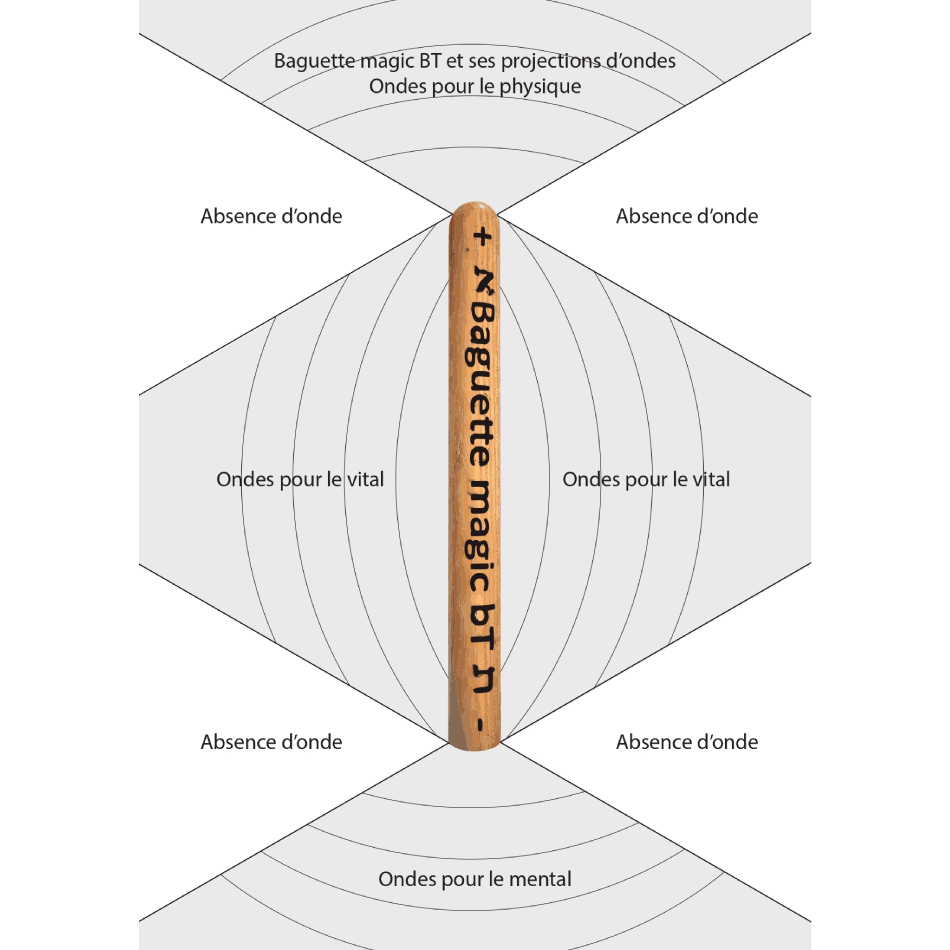CANCER DETECTION
You may not agree with what I write in this case explain it to me through the contact box
As disturbing as it may seem, it is possible, through the frequency of an organ, to sense the primitive presence of cancer.
Some people will think that charlatanism still exists there.
I understand them, only when the diagnosis becomes reproducible, an adjective used by science, the facts become stubborn.
On Earth as in the Universe everything is vibration, wave. This is well known. Many devices measure, quantify, visualize waves.
For several years, I have been interested in the frequency of objects, organisms, humans.
Frequency has its unit of measurement, the Hertz. Every organism has its own frequency. For invariable objects, with stable and constant contours, shapes and materials, as well as their similar positions in space.
For organisms, it is not the same. The basis of every organism is the cell, this lives and vibrates.
Cells are subject to all possible variations in their environment.
The human body is composed of billions of cells. These form the organs. Each organ has its own vibration. Whether an organ is altered for whatever reason, the cells undergo these disturbances and react. It is at this precise moment that the vibration always varies in the same negative direction.
When any organ is sick, the vibration measured in Hertz decreases. Ultimately, it doesn't matter if you constantly use the same pseudo unit of measurement.
I have never noticed the vibration of an organ increasing in the right direction when it is sick!
That said, from these observations, it becomes possible to measure the frequency in Hertz or similar of everything that surrounds us and more particularly of our neighbor.
I have noticed that certain disturbances, depending on their development and for all people without distinction of age, sex, race, the observed frequency is always identical.
The people for whom I have had the honor of working who will read this page will not contradict me.
Because it is thanks to these people that I can write these lines. Conventional medicine, without knowing it, has proven what I write right and often weeks or months in advance, compared to a few minutes of serious examination by measuring the hertzian frequency or similar of people.
I heard voices on my answering machine, crying, thanking me for advising these people to seek conventional medicine, after I noticed the frequency corresponding to cancer in them.
My goal is not, far from it, I will no longer be in humility, to compete with conventional medicine.
I only wish to open the eyes and ears of the researchers and finders, to invent a device that can effectively measure the frequency of our organs, without waiting for them to be attacked, therefore detectable by scanner, MRI and other devices that simply photograph what exists! Not to mention that a scanner examination is equivalent to a year of exposure to radioactivity that a human body can receive as a precautionary limit!
Often late, too late for good prophylaxis to be truly effective.
Not to mention that good prophylaxis must be accompanied OBLIGATORILY by geobiological cleaning of the place where the person in question frequently sleeps.
I am dismayed when we are told about cancer cures on certain television shows.
Television never gives us news in vision, that is to say with the people present, two or three years after these people are supposedly cured.
I see them often and I know, by measuring these people even from a distance, that the cancer is always there, latent, waiting for an inevitable relapse if nothing has been changed in their home!
Some people who say they are healed are not!
The photos appearing here and there allow informed dowsers to detect it!
After a geobiological cleaning, when it is done on time, I no longer find the frequency of cancer in the people concerned.
Here too some customers will recognize what I write!
Let's come to detection for those who swing seriously, that is to say by practicing every day!
You need a semi-circular dial ranging from 100 to 1035 hertz
Another 10 to 100 hertz
Another 0 to 10 hertz
You need the anatomical human body on a 21x29.7 sheet
You need a sheet of paper with the main parts of the body, one for men and one for women, for example the right brain, left brain, cerebellum etc. should be listed, grouped into a system.
Then a dial showing the different phases of cancer.
Then the waves or vibrations of the person to be explored, either a photo, a nail, their contact details, first name, birth name for married women, date of birth, for my part it is this last method, which I use with interesting results.
I will not give here the frequencies corresponding to the various stages of this disease.
For a very simple reason, to establish this approach and announce it, you must on the one hand be sure and sufficiently trained to find the right frequency.
On the other hand, to announce, the person concerned must voluntarily accept to know or be aware of their state of health.
It is at the end of the training that these frequencies will be discussed and found together so that the former trainees can practice this technique with full knowledge of the facts.
Email dated 06.02.2010
Hello Bernard,
I went for a check-up mammogram yesterday. I went in a very, very calm manner since your pendulum had not detected anything. (mine didn't either, by the way).
Result: RAS !!!!!
QED!!!!
Have a nice weekend both of you.
Sincerely
The article below unfortunately reflects scientific truths that I had found through my occult means repudiated by single-track thinking.
If I put this article on my site it is simply because I did not see any lies in it, nor is it tainted with intentional negativity.
Here too, those with whom I have discussed these problems will not contradict me.
Bernard Tenand
Very important : If you wish to circulate this article, please indicate that it appeared in the Nexus newspaper number 71 of November-December 2010 and ask your correspondents to do the same.
Everyone should know that much of cancer research is fraudulent and that large cancer research organizations are neglecting their duty to those who support them.
Linus Pauling
Nobel Prize in Chemistry 1954
Nobel Peace Prize 1962
"Screening" at all costs has become fashionable. All behavior of our body must be subjected to frequent and regular checks: monitoring of blood pressure, prostate, cholesterol level, diabetes and many other pathologies that threaten us insidiously. There are thus screening promotional campaigns that make the fortune of laboratories and the glory days of the media that feel no embarrassment in reminding us several times a day that it is urgent to have our body checked as we do for our car engines.
But the most useless and dangerous screening is breast cancer. Through the media, all health authorities encourage women to have a mammogram every year to avoid this cancer, but no one tells all those who are going to comply with these examinations that they involve many risks.
Dr. Henri Pradal, a pharmacotoxicologist, summed up the situation very well thirty years ago. For him, the "dictators of the scalpel and radium" have managed to maintain for decades a lying propaganda on the effectiveness of their practice by relying on the unverifiable argument that an early diagnosis gives the cancer patient every chance of being cured. He stated: "It is easy to demonstrate that the X-ray of the breasts of an entire female population particularly exposed to cancer causes more cancerous processes than it detects." Other doctors share this point of view.
"The cancer field in the United States is defined by a medical monopoly that ensures a steady stream of profits for pharmaceutical companies, medical technology firms, research institutes, and government agencies such as the FDA, the National Cancer Institute, and the American Cancer Society." This statement comes from two leading cancer specialists, Dr. John Diamond, a fellow of the Royal Australian and New Zealand College of Psychiatry and past president of the International Academy of Preventive Medicine, and Dr. Lee Cowden of the University of St. Louis in Missouri. Both are well placed to know what they are talking about.
A study published October 20, 1993, in the Journal of the National Cancer Institute shows a marked increase in breast cancer after radiation treatment of certain benign breast diseases in women over 40 years old at the time of the first treatments.
Already in 1995, Dr. Samuel Epstein, president of the Coalition for Cancer Prevention, Gold Medalist of the Albert Schweitzer Academy of Medicine, author of several hundred scientific articles on the subject, took advantage of a national mammography day organized on October 18 in the United States, to denounce the dangers of this practice which, for him, has never proven its usefulness. He insisted on the fact that when breast cancer is detected in this way, it has existed for at least eight years and has therefore already affected the lymph nodes or other organs, particularly in young women. In his important work The Politics Of Cancer revisited , published in 1998 but not translated into French, he widely criticizes the cancer lobby and maintains that in pre-menopausal women, one cancer detected in four is not a real cancer, but that on the other hand, one cancer in four is not detected.
The years since that time have not changed his opinion, and twelve years later he confirmed these statements in an article entitled "The Hidden Dangers of Mammograms in Premenopausal Women."" No matter what anyone tells you, refuse routine mammograms, especially if you are premenopausal. The radiation increases your chances of getting cancer. " (See Huffington Post, September 2, 2010).
In fact, performing two mammograms on each breast annually over a ten-year period results in exposure to 5 rads for each breast, which corresponds to the very high radiation experienced by women who were a kilometer and a half from where the atomic bombs were dropped on Japan.
For Epstein, added to unnecessary anxiety, repeated mammograms increase the risk of cancer . "Recent studies based on the previous ten years indicate a very clear increase in cancers a few years after the start of these frequent examinations, which confirms the great sensitivity of pre-menopausal breasts and the carcinogenic effect of radiation."
The average dose of rads received in mammography for two images per breast is 1 to 4 units, but according to Professor Epstein, the dose can sometimes be ten times higher. And Rosalie Bertell, one of the most respected authorities internationally on the dangers of radiation, claims that each rad increases the risk of breast cancer by 1% and corresponds to one year of aging. These two cancer specialists reiterated their warning in a very detailed article published in the prestigious International Journal of Services in 2001 (31(3): 605-615), entitled "The Dangers and Unreliability of Mammograms", with the contribution of Barbara Seaman, founder and director of the Women's breast cancer movement. The article explains that most cancers have been detected by patients themselves and that nothing beats monthly palpation of the breasts by those at risk, "an effective and safe alternative practice".
Professor Epstein is far from alone in criticizing this habit, and the NCI (National Cancer Institute) has published statistics showing that in women under 35, mammograms can cause 75 cancers for every 15 correctly diagnosed cancers.
After reviewing all the available world literature on the subject, Drs. Wright and Muller of the University of British Columbia recommended that public funding for mammograms be cancelled because "the benefit obtained is minimal and the harm done is great." According to the Lancet of July 1, 1995, the most comprehensive studies do not show an increased survival rate with routine mammograms.
The NIH (National Institute of Health)estimates that these tests miss 10% of malignant tumors in women over 50. In turn, a Swedish study of 60,000 women showed that 70% of tumors detected by mammography were not tumors . However, in addition to the emotional stress caused by these erroneous diagnoses, these women also underwent biopsies that are always dangerous.
As for Dr. James Howenstine, an American physician with 34 years of private and hospital practice, he points out that "massive campaigns encourage women to have a mammogram every year. This annual ritual generates false positive and false negative results that lead to unnecessary operations and considerable anxiety among women who are incorrectly diagnosed."
Finally, on January 8, 2000, The Lancet published a Danish study that dashed the hopes of cancer specialists who believed that by detecting breast cancer earlier by mammography, it would be possible to reduce its incidence and mortality. The journal concluded that in terms of mortality, a breast cancer screening policy "would not be justified."
A study published in 2005 by the New England Journal of Medicine confirms that 30% of cancers in women aged 40 are not detected by mammograms.
And in March 2006, the monthly La Recherche reported in its turn, in its issue 395, that "mortality from breast cancer has decreased very little over the past 20 years", while "diagnosed cases are exploding". The newspaper added that some experts denounced the perverse effects of screening which" would lead to detecting and treating breast tumors that would not have put the patient's life in danger ".
Dr. Ken Walker, a Toronto gynecologist and Canada's most famous medical journalist under the pseudonym "Dr. Gifford-Jones," shares his opinion: "Women aged 40 to 49 who have regular mammograms are twice as likely to die of cancer three years later as those who keep their breasts under their blouses." This Harvard-trained physician also believes that early diagnosis is a lie because" it takes eight years for a tumor to be large enough to be detected, which gives cancer cells time to spread throughout the body. That's not really early diagnosis ."
In his eyes, thousands of women have been used as guinea pigs for many years, while Medicine searches everywhere for the causes of cancer, from bacteria to genes, without thinking for a single second that one of the main culprits is the cancer industry itself.
These mammograms expose sensitive breast tissue to dangerous radiation, even though experts say there is no "acceptable dose" of radiation. Breast DNA is more vulnerable to low doses of radiation than thyroid tissue or bone marrow, says Professor Anthony Miller of the National Cancer Institute in Toronto.
According to Diana Hunt, a UCLA medical graduate and X-ray specialist, "the radiation received by the breast during a single mammogram is 11.9 times the annual dose absorbed by the entire body."
Performing two mammograms on each breast annually for a period of ten years results in an exposure of 5 rads to each breast. Therefore, if a woman begins having annual mammograms at age 55, by age 75 she will have received 20 rads. Of course, this percentage is proportional to the age at which mammograms are started, which is alarming in today's increasingly early age of mammograms. By comparison, women who survived the bombings of Hiroshima or Nagasaki absorbed 35 rads.
And the younger the breast cells, the more their DNA is damaged by radiation. In addition, this risk is multiplied by 4 in women who carry the A-T gene, or about 1.5 to 2% of subjects. The percentage may seem small, but it is estimated that in the United States about 10,000 cancers per year are due to mammograms in women who carry this gene. A single mammogram increases their risk of cancer by 4 to 6 times.
These recommendations were confirmed by the U.S. Department of Health and Human Services Task Force, which recommends delaying mammograms until age 50, when the breasts are less sensitive to radiation. The National Breast Cancer Coalition has joined in this advice, which is based on the 20 percent increase in breast cancer since 1975 despite the multitude of mammograms and billions of dollars spent by insurance companies.
For young women, the numbers are even more alarming, as a 1992 study by the Canadian National Breast Cancer Society showed a 52% increase in breast cancer mortality among young women who undergo mammograms. In addition, pregnant women exposed to radiation put their fetus at risk with the risk of leukemia or malformations, and children exposed to radiation can in turn develop breast cancer as adults. Add to this terrifying observation that since the introduction of mammograms, the incidence of a certain type of breast carcinoma has increased by 328%.
Dr. William John Gofman, professor emeritus of molecular and cellular biology at Berkeley and lecturer at the University of California, San Francisco School of Medicine, a Nobel Prize-winning expert on the biological effects of X-rays and nuclear hazards, estimated that 75 percent of new cancer cases were caused by medical radiation such as X-rays, CT scans, mammograms, tomography, and fluoroscopy. He also blamed them for many cases of coronary heart disease.
A few months before his death in 2007 at age 88, Dr. Gofman published a 699-page study under the auspices of the Committee For Nuclear Responsibility that concluded that the effects of these detection devices, combined with poor diet, smoking and the use of the Pill, would cause 100 million premature deaths in the United States over the next decade.
He believed that detection techniques were sometimes necessary, but only in certain cases where it was impossible to do without them. "There is no healthy dose. A single radioactive atom can trigger a permanent mutation in genetic cells," and these accumulations can cause cancer between 5 and 50 years later.
Taking these risks could be understood if the benefit were certain, which is far from being the case.
Danish researchers Peter Gøtzsche and Margrethe Nielsen have discovered that if 2,000 women are screened regularly over a period of 10 years, only one of them will avoid dying of breast cancer. However, of these 2,000 women screened, 10 will be overdiagnosed and thus treated unnecessarily for cancer. Also of these 2,000 women, 200 will undergo not only unnecessary biopsies, operations and treatments, but also serious psychological repercussions.
On the other hand, many cancer specialists insist that compressing the breast during the examination, especially in young women, can allow a small, undetectable cancer to spread. In turn, Professor Anthony Miller, who warns patients about the dangers of radiation, also points out that cancer cells risk being crushed and spread into the blood under the pressure of the detection equipment. He also denounces the dangers of biopsies.
Huge sums invested
In Germany, widespread screening — including mammograms — has been promoted as a national cause, and the German Health Ministry has opened a website where personalities from the world of entertainment and politics declare that early diagnosis can sometimes prevent the development of diseases, as if these people were qualified to have an accurate idea of the benefits of early diagnosis.
Fortunately, not everyone shares this euphoria and the magazine Der Spiegel of April 20, 2009 was far from agreeing with this. "In 2005, health insurance funds spent 890 million euros on screening, in 2008, it cost them 1.2 billion euros. No other item in the total health expenditure, not even that of medication, is experiencing such a spectacular increase," specified Der Spiegel , which published a remarkable analysis summarizing all aspects of the problem of this kind of "prevention."
According to journalist Markus Grill, early detection of breast, prostate and cervical cancer is no guarantee of preserving life, let alone its quality . However, the population still believes in its benefits, because according to a survey, half of those surveyed believe that 60 women out of 1,000 are saved by breast cancer screening and a third of those surveyed even put the figure higher, i.e. 100 to 200 women out of 1,000! The serious figures are quite different. "All those surveyed were unaware of the real figures: one to two people out of 2,000 would really benefit from screening." As for doctors, they know no more than the general population. And the magazine cites a survey conducted among 160 gynecologists who were asked the question: "What is the probability that a positive mammogram result indicates the actual presence of breast cancer?"
"They should have answered '10%', but half of the specialists questioned answered '90%'! One in five gynecologists knew the correct answer."
In his article " Alarm und Fehlalarm " (Alarms and False Alarms), Markus Grill points out that "X-ray practices receive city dwellers, while "Mammobil" visits homes in rural areas. 54 mobile units are currently crisscrossing Germany, one of which belongs to a group of radiologists. Investment cost: 400,000 euros, of which 200,000 for the X-ray machine. If 80 women are examined every working day (250 days a year) at a rate of 57 euros reimbursed by the health insurance funds, the specialized equipment generates a turnover of more than one million euros per year. The economic interest for radiologists is obvious."
And he asks the disturbing question: "But is the interest in public health equivalent?"
Der Spiegel concludes: "It is estimated that each doctor will have to examine an average of 225 healthy individuals per quarter and will earn 21 euros for the 20 minutes spent (75 minutes per day). For the classic follow-up of a patient, the doctor receives 13 euros per month, for a thorough examination 30 euros. Screenings are therefore motivated above all by financial interest."
This is also the conclusion of Peter Sawicki, Director of the IQWiG (German Institute for Quality and Efficiency in Health Care), who believes that "serious" studies meet the criteria of a medicine that takes into account scientific evidence and not simple "expert opinions".
"For the average person, the probability of avoiding cancer through screening is between 0.05% and 0.1%. In other words, if 1,000 to 2,000 people participate in screening programs over several years, only one of them will be saved." This behavior, which is currently rare among most doctors, cost him his forced resignation from the Institute. This is not surprising because the German pharmaceutical industry has repeatedly complained about the behavior of the Institute and particularly that of its director, who often prevented them from putting certain drugs on the market. In addition, Peter Sawicki insisted on demanding unpublished studies from the laboratories, which is not "medically correct."
In Germany, on average, five times more smear tests are performed than in the rest of Europe, while German women die from this cancer much more often than in other countries .
As for the Minister of Health, Ulla Schmidt, she is such a fervent supporter of screening that, despite numerous protests, she included paragraph 62 in the public health law, financially penalising all cancer patients who have not undergone the recommended screenings.
All this proves to us that medical reality has nothing to do with the propaganda organized by laboratories and so well relayed by the media.
In France, "individual practice improvement contracts" (Capi) are subscribed to voluntarily and individually by practitioners, for a period of three years. The signatory doctors commit to achieving 16 public health objectives in three areas: prevention (for example, improving the rates of elderly patients vaccinated against influenza and breast cancer screening), better monitoring of chronic diseases such as diabetes or hypertension, and optimizing drug prescriptions . Ten thousand practitioners, or more than one in six, have thus signed a contract with the Health Insurance.
Under the pen of Olivier Auguste, Le Figaro of September 25, 2009 warned us: "Volunteers will receive up to 7 euros per year and per patient if they reach certain objectives, such as the number of elderly patients vaccinated or patients having had a mammogram."
The medical unions are hostile to this direct relationship between doctors and Social Security, but our remarkable minister Roselyne Bachelot was delighted with the success of the Capi .
We already knew that the search for profitability is found everywhere, in all professions. We knew this for the Police, the Gendarmerie, taxes and other administrations, but it is unlikely that a doctor receives, in addition to his fees, a bonus for the performance of health expenditure. And this for examinations which, not only have not proven their usefulness, but have indeed proven their harmfulness.
Sylvie Simon
Article published in the Nexus newspaper number 71 of November-December 2010


